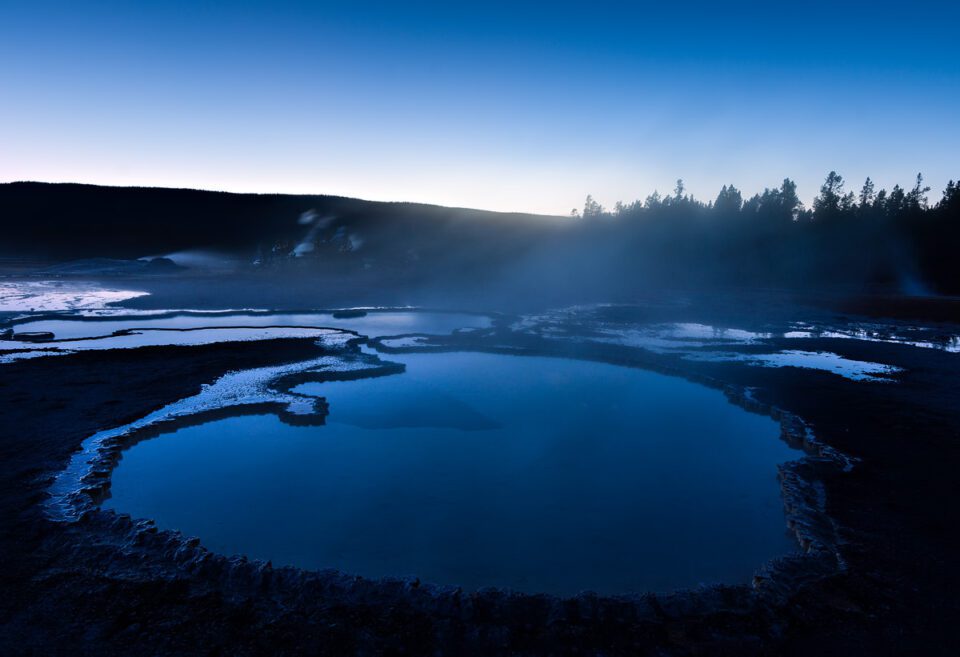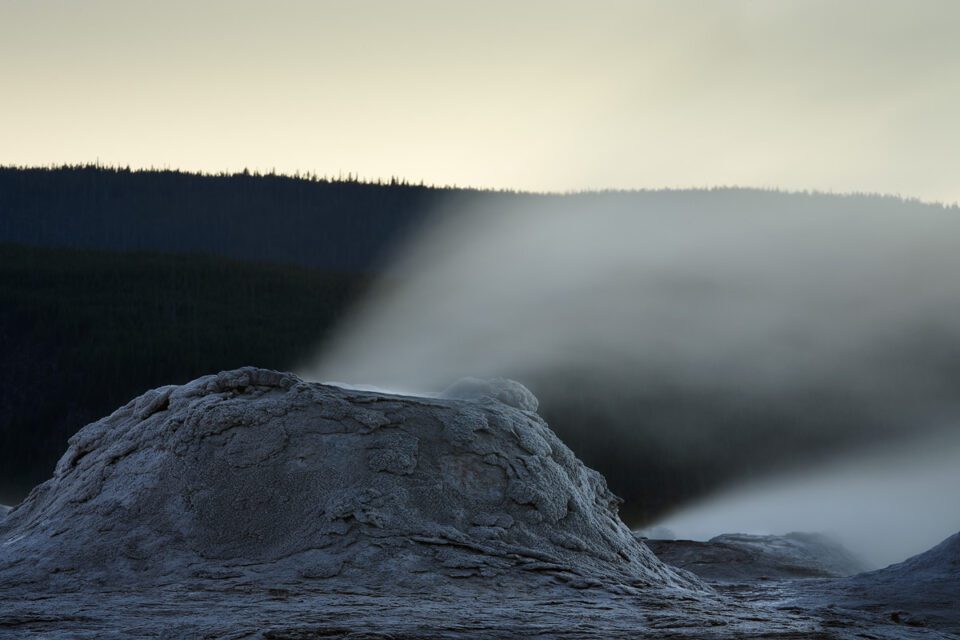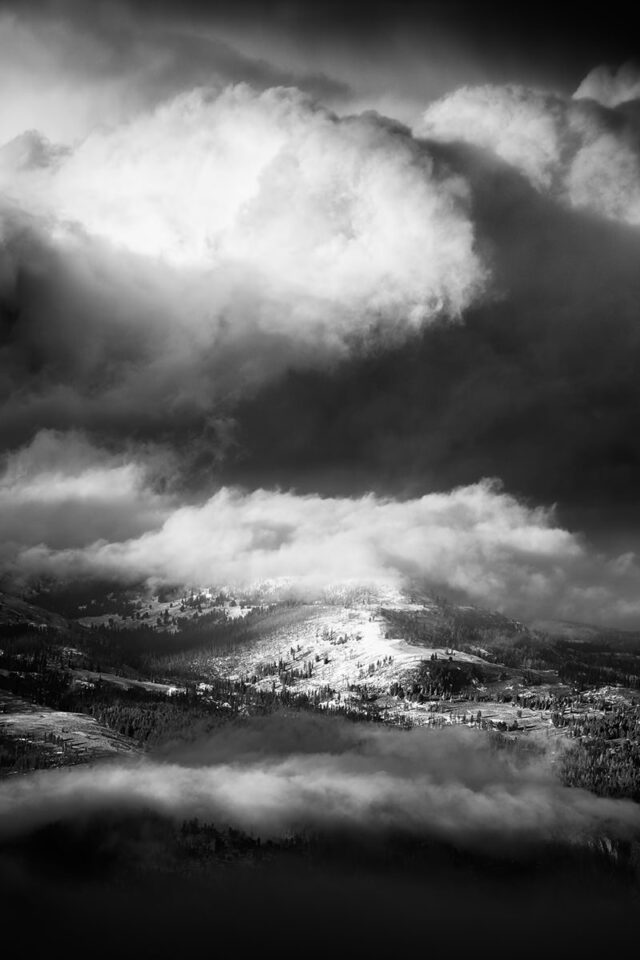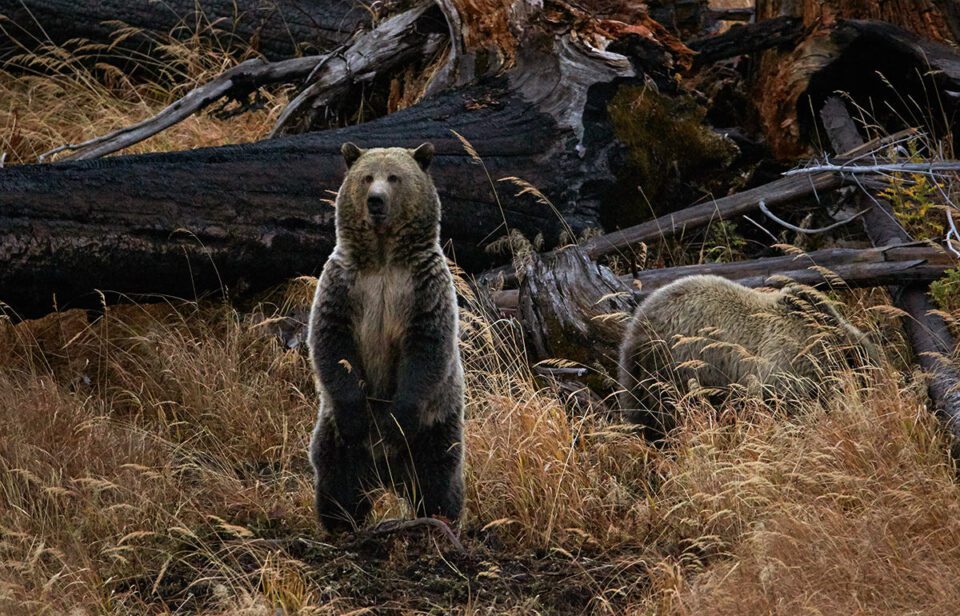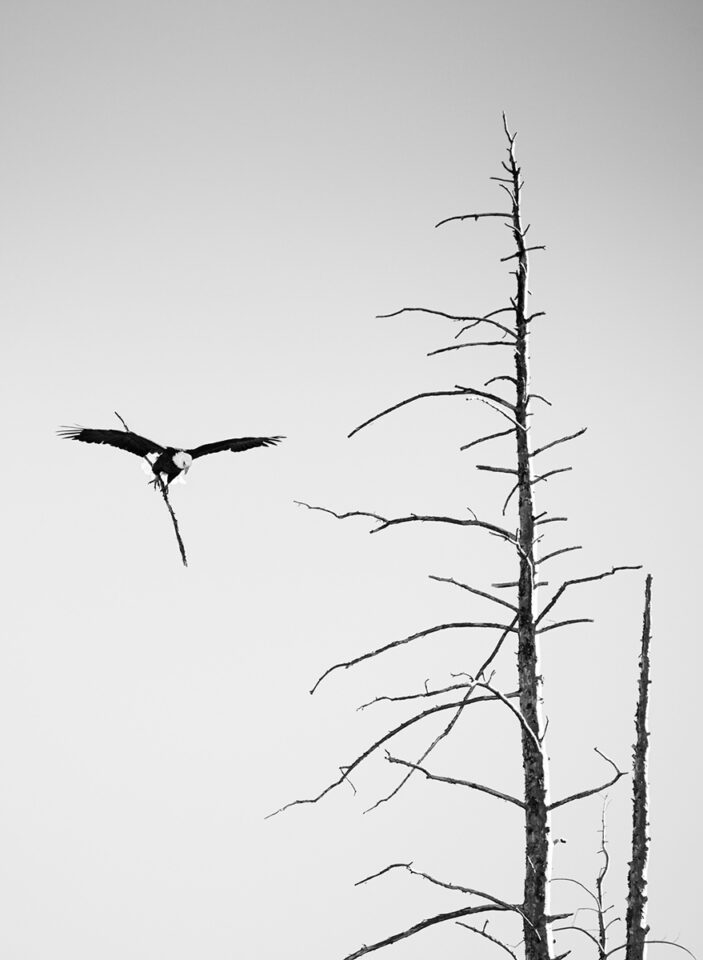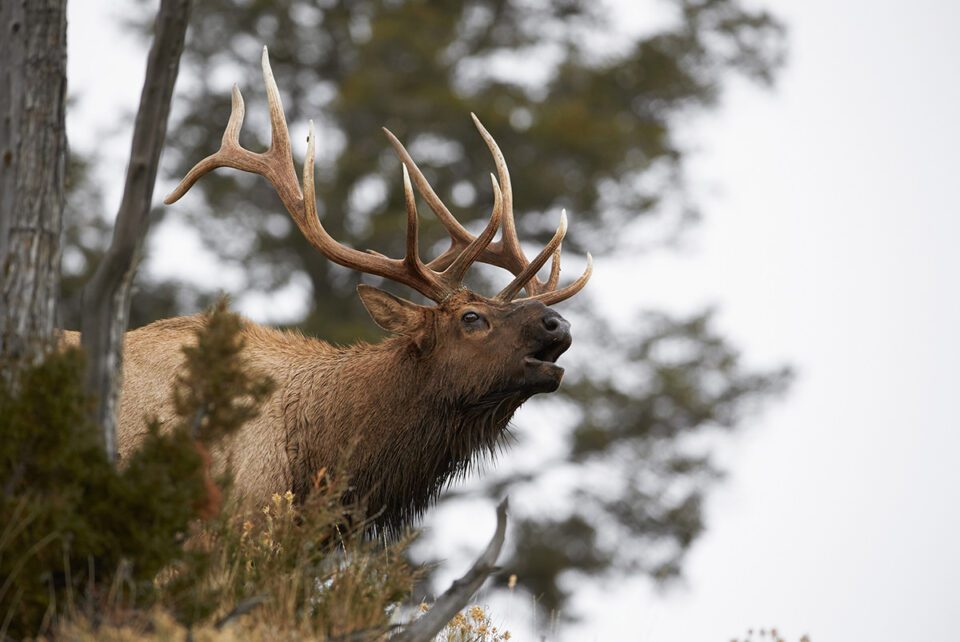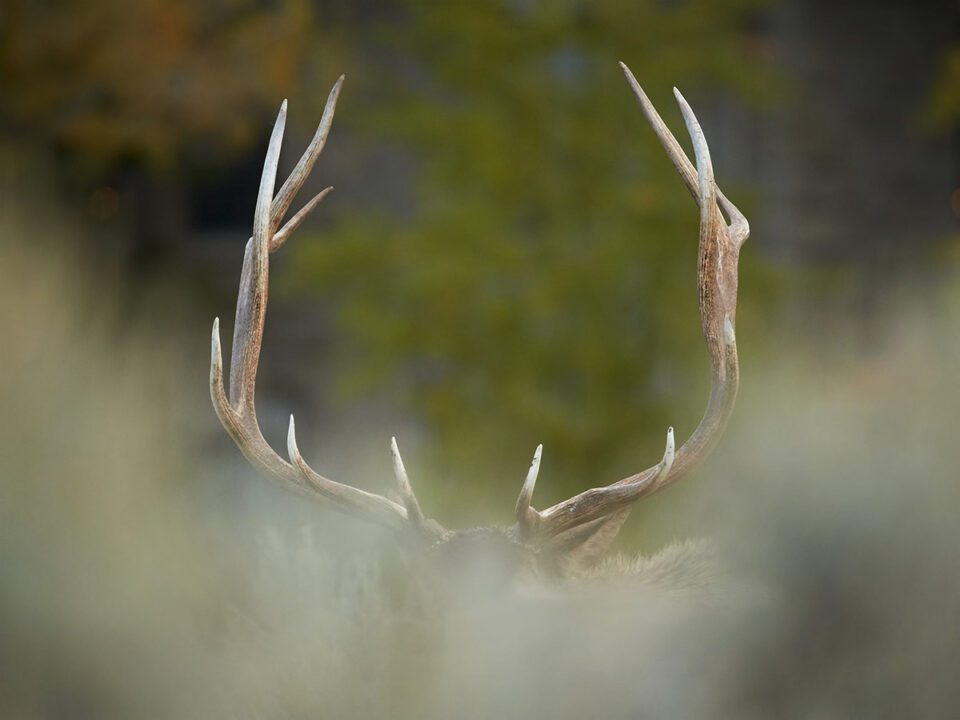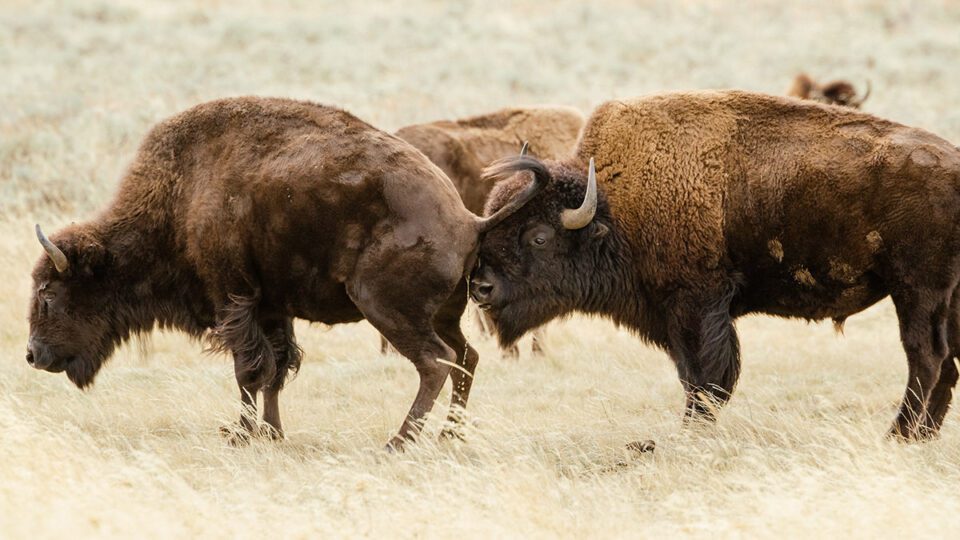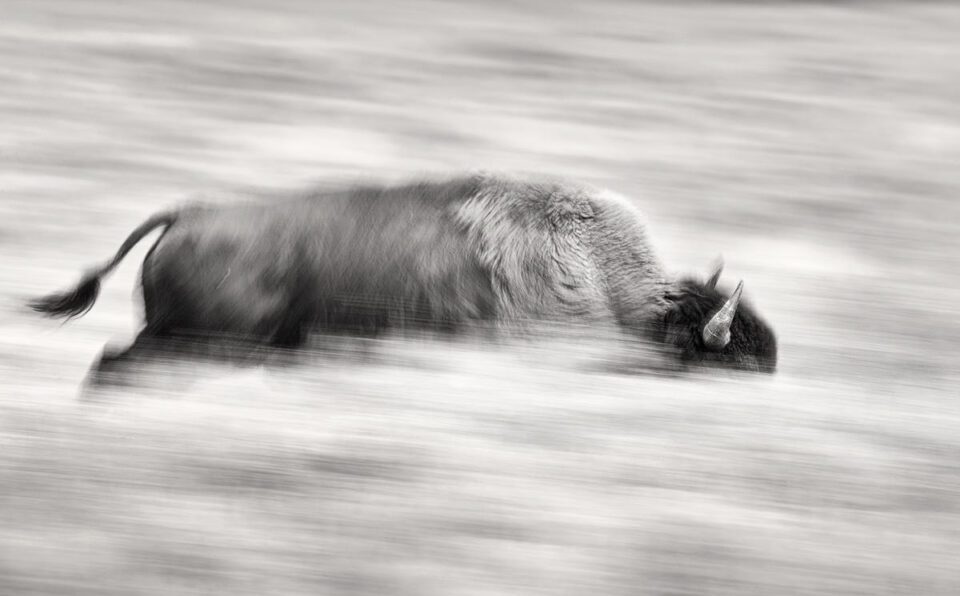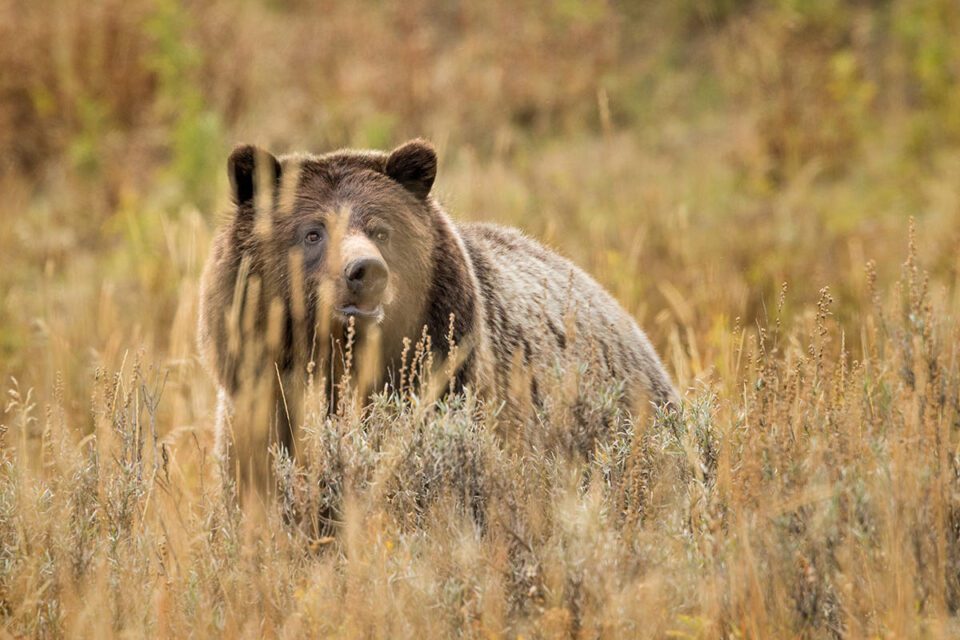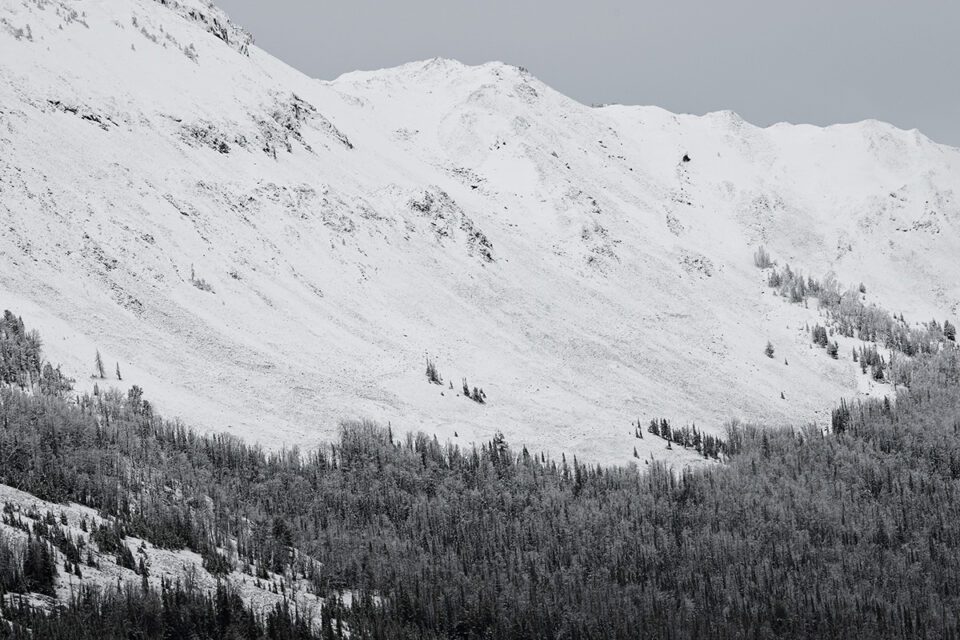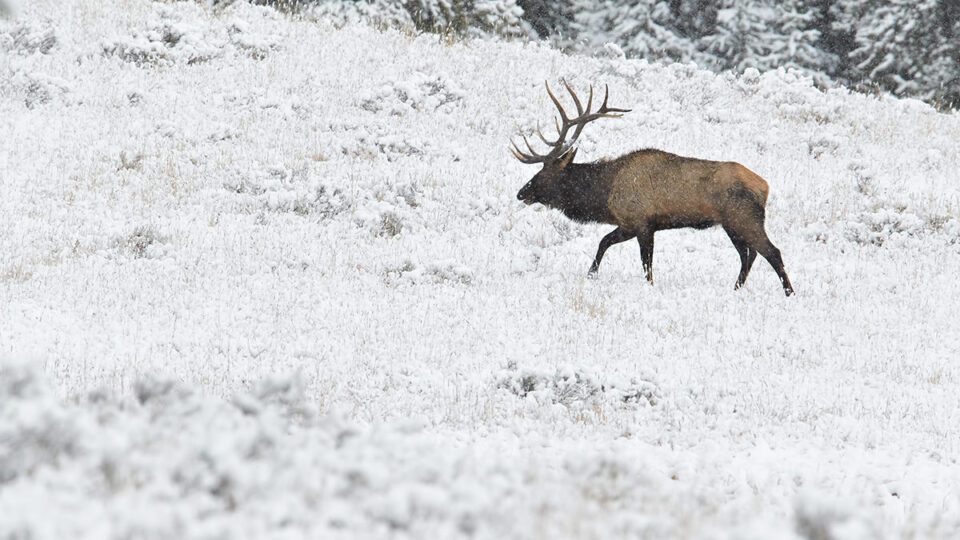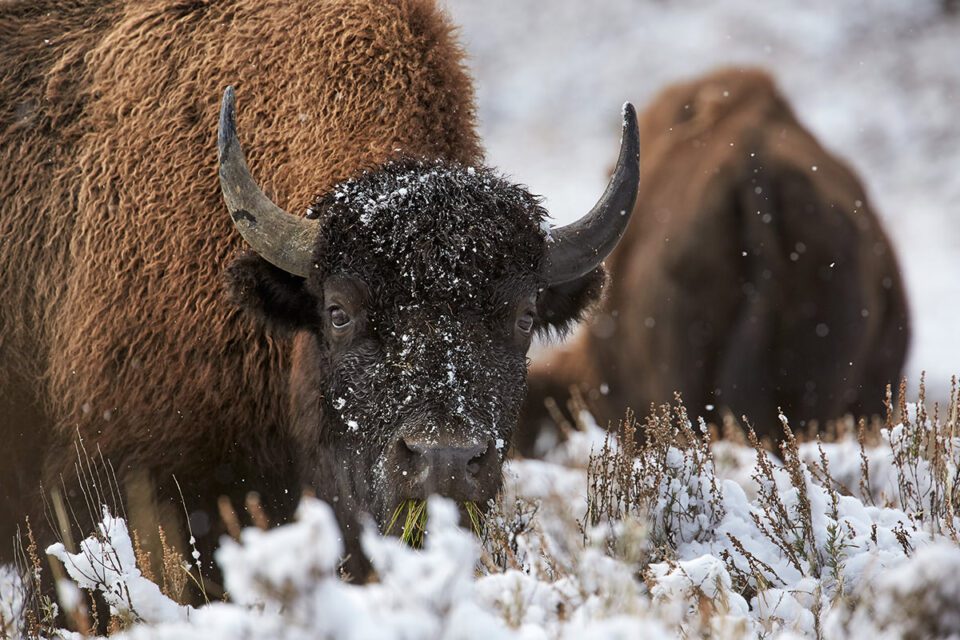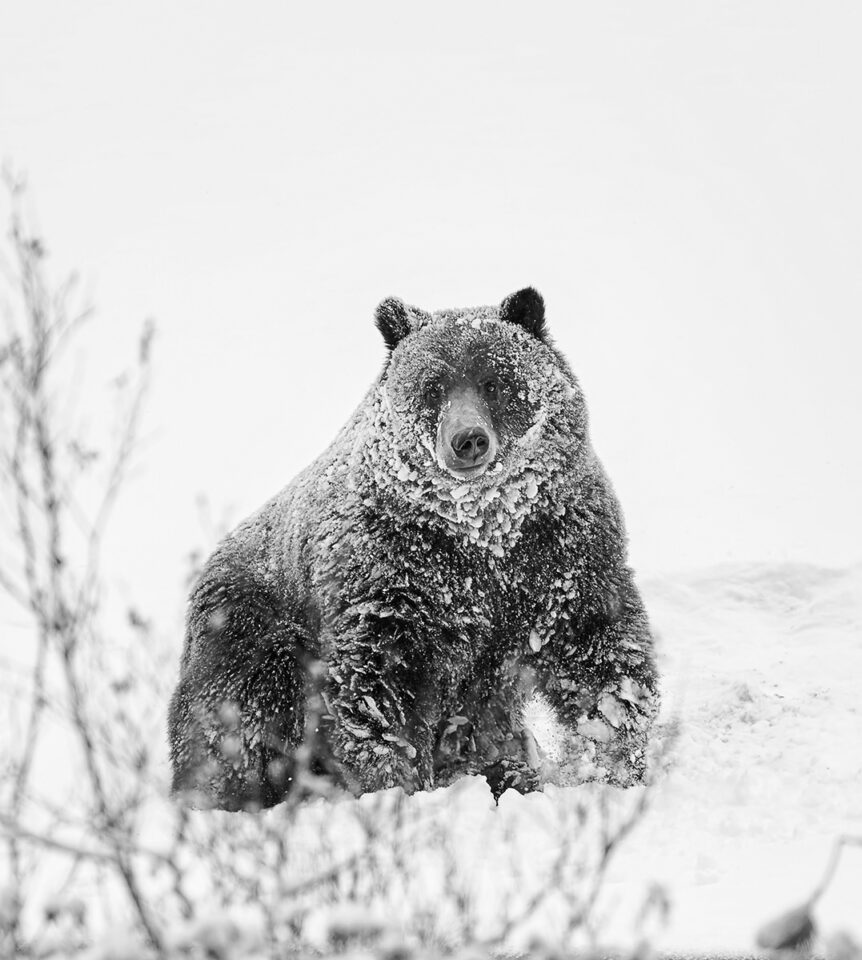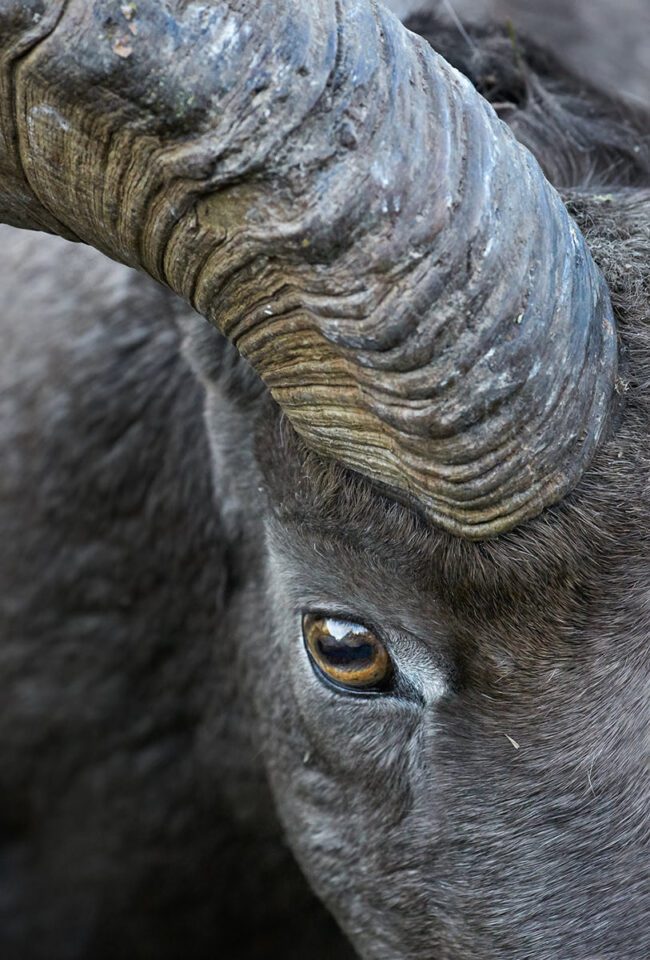A little less then a year ago I posted an article at PL detailing the itinerary of a day in Yellowstone National Park. Since that article I had the pleasure of revisiting the park during my yearly foray to the land of “fire and brimstone.” The reason I visit the first National Park of the United States history every year is for a project I have undertaken to document the change of seasons that occurs there every autumn. Yellowstone National Park has many faces to go along with its four distinct seasons. The frozen wasteland of winter gives way to new life and the rains of spring, and as May turns into June, the simmering heat of summer overtakes the park. And yet, it is Yellowstone’s shortest season (Fall) which offers the most intrigue with its unpredictable weather patterns and the unique behavior of its wildlife.
In just two months, the heat of summer turns into the snows of winter. The leaves turn from green to yellow, and finally to nothing as they make their way back to the ground that had fed them during the previous months. It is during this time of year that the wildlife of Yellowstone must face great challenges. First, they must prepare for the long winter. Some use this time to fatten up their reserves so that they could outlast the winter months. The rest start to slowly migrate to lower elevations so that they can forgo the harshest conditions. The other great challenge is the need to mate. It is during the fall that most of Yellowstone’s resident’s go through the yearly ritual of passing their genes on to the next generation. The most exciting of these courtships belong to the male bison and elk, who use the early fall to fight with the other males of their species in a grueling war for supremacy. It is only in the late fall, when the females are in heat, that the strongest males that still have energy get the right to pass on their genes.
The story of the fall in Yellowstone is a complex and intriguing tale of mystery and of an environment undergoing drastic changes, and you can see the whole project in detail on my project page, but the goal of this article is to give you some of tips which I give the clients I guide there during the fall months, as well as introduce you to a magical time of the year in the park.
The first thing to know about the months of September and October, is that the weather is terribly volatile, with crisp warm sunny days contrasted with bitterly cold fall snowstorms that paint the landscape in white. I feel that this volatility is what makes Fall so special in Yellowstone. The skies are often dotted with menacing storm clouds that threaten to bring rains, and rain it does, with early October being especially rainy. The landscape photographer side of me feels the rains and storm clouds are a blessing because they help me craft unique photos with unique textures. But I am not talking about overcast days, I am talking about real storm clouds like these…
On overcast days, days that are neither terribly productive for wildlife or landscapes, I concentrate on wildlife photography because you can still capture some great behavioral photos…
And if it is midday with harsh sunlight, I tend to try and concentrate on photos whose texture works well in the monochromatic medium.
If one sound can define the Yellowstone Autumn, it would be the bugle call of the male Elk. Fueled by their desire to mate, they call out into the chilly morning and evening air as a show of strength to both attract females and warn other males. The call can be heard from miles away, with the loudest calls attracting the most females.
Because of the cooling temperatures the Elk slowly start to go to lower elevations making them easier to photograph in areas like Mammoth where many males congregate in the fall and with some patience can be photographed from quite a close distance.
The other large herbivore that spends the months of September and October in a busy struggle for the right to mate is the American Bison. Males spend hours a day courting females, trying to get hints of when she is ready to mate. Here you can see a young male tasting a females urine. He does this because of hormones in the urine that signal to him her readiness. When she is ready and in heat, often many males will jump on the opportunity to try and mate.
This amazing behavior which they exhibit makes for truly amazing photographic opportunities. It does take some luck because the Bison are not always close to the road for good photographic opportunities, but with some patience I feel that the latter stages of the Lamar Valley afford the best chances for capturing some great photos.
And sometimes you can see some truly once in a lifetime action.
The below photo can currently be seen at the Smithsonian’s Natural History Museum in Washington D.C. as part of the Nature’s Best Exhibition.
The last of the big three of Yellowstone’s Autumn is the enigmatic Grizzly Bear. Fall is one of the best times of the year to photograph the species because as the Whitebark pine seeds slowly vanish from the higher altitudes it forces the bears to go to lower elevations. A sweet spot for the them can be found on the Eastern Entrance Road going out to Cody. The last couple of years it has been a productive spot for me, and probably one of the best Grizzly hot spots in Yellowstone. The dry vegetation also makes it easier to spot bears as they maneuver through the forest and allows for a better chance of spotting them before they near the roadside.
The last aspect that makes the late Fall period of Yellowstone so magical is that by late Fall the line between Fall and Winter starts to blur. With snow come wholly new opportunities to photograph the park with a very different atmosphere then the bright colors of fall, with more muted colors taking center stage.
The snow also allows for the chance to photograph the parks inhabitants in new ways that are often only possible during the winter.
Most of the elk will soon migrate to lower elevations to escape the worst of the winter. Those that will remain in higher elevations will be forced to face not only the elements, but the kings of Yellowstone’s winters, the wolves.
The early snows of late fall pose little challenge to the Bison, who are built to survive the harshest of winter’s. The going will not be so easy in late February.
A big boar male Grizzly Bear after a snow bath. Bears like to enjoy themselves, and the fresh snow makes for a fun momentary break from the quest to find food.
An icon, Yellowstone’s famous Old Faithful geyser erupts under the stars. Erupting every 60 minutes give or take, it is one of the most consistent geysers in Yellowstone. While the park and its inhabitants have undergone many changes during the Autumn season,Old Faithful remains one of the constants, continuing to erupt at the same times day and night. And while winter is already at the doorstep,the driving force behind Yellowstone,the immense volcano at its heart, will continue working just as it has for the last 600,000 years.
And last but not least, don’t forget to cherish and enjoy one of the world’s most beautiful places with your own two eyes. As a professional nature photographer I often find myself getting so caught up in getting the perfect shot that I miss out on seeing things with my own two eyes or in the case of this Bighorn ram, with one eye…
This guest post was submitted by Dvir Barkay. To see more of Dvir’s work, please visit his website.
The post Fire and Brimstone appeared first on Photography Life.

